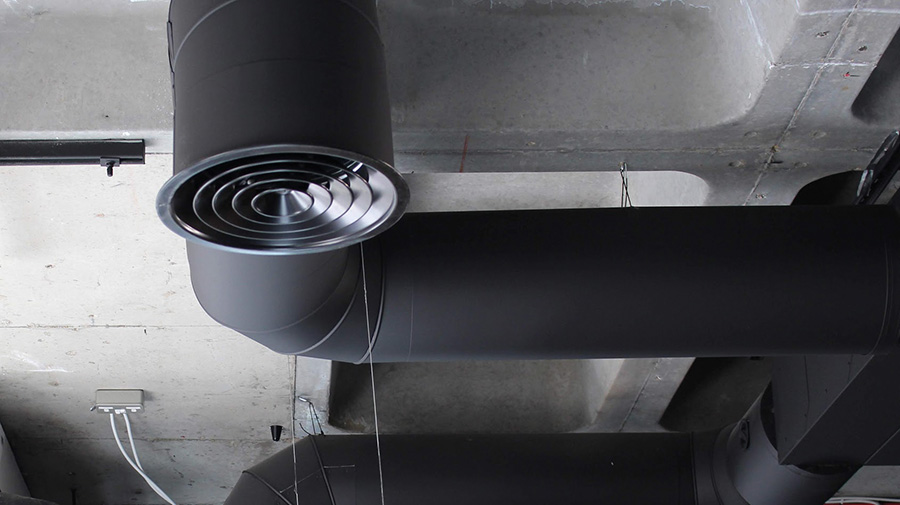Good building design is much more than the aesthetics; it helps to create spaces that fuel innovation, creativity and productivity. At the initial design stage, the focus is often placed on the physical aspects of a space, such as decor, lighting and furniture, and quite often the ‘invisible environment’ is forgotten, says Lewis English, Marketing and Business Development Director at 361 Degrees.
361 Degrees
The invisible environment incorporates all the aspects of a room that we can’t see; air quality, temperature, humidity and ventilation to name a few. These things can play a huge part in our overall health, happiness and productivity, so should be front of mind when designing a commercial space.
Looking at wellness during the design process of a workplace is a relatively new concept, and designers are doing impressive work to improve commercial spaces, with companies and corporations making the shift from cubicles and set desks to open-plan and hot desk-based spaces. As well as considering how a space looks, designers are starting to consider more about how the space feels, in an effort to make employees happier and feel more valued, which results in higher productivity. But if the people occupying these spaces breathe poor quality air – if they complain about the heat or the cold, if they suffer from headaches, nausea or fatigue – these aesthetic design features go to waste.
Studies show that most people’s ‘happy places’ are outdoors, surrounded by fresh air, in wide, open spaces. However, in reality, we spend around 90% of our time indoors. According to a study conducted by Ambius, the average office worker is outside for just 37 minutes per day (excluding their daily commute), and for 40% of office workers, it’s less than 15 minutes.

In light of this, shouldn’t we be doing more to bring fresh air into our indoor environments? Easier said than done. Some major cities are now posing a major health risk to residents, for example, London exceeded its annual air pollution limit by January 30th in 2018.
Better air quality has been found to reduce mistakes by 44% and ‘green’ certified buildings that address aspects such as thermal comfort and lighting, as well as air quality, have improved productivity by as much as 8%. This said, it’s time to take a more holistic approach to the design of our buildings. Certifications such as the WELL Building Standard from the International WELL Building Institute provide a framework for addressing a range of factors, including air quality. Each of these factors can provide a marginal gain, which can result in a significant improvement in the overall environment.
The impact of the air we breathe on our health, happiness, productivity, relationships and morale is too great to ignore. By keeping our happy places at the forefront of our minds during the design process, we can change the ‘invisible environment’, for the better.







